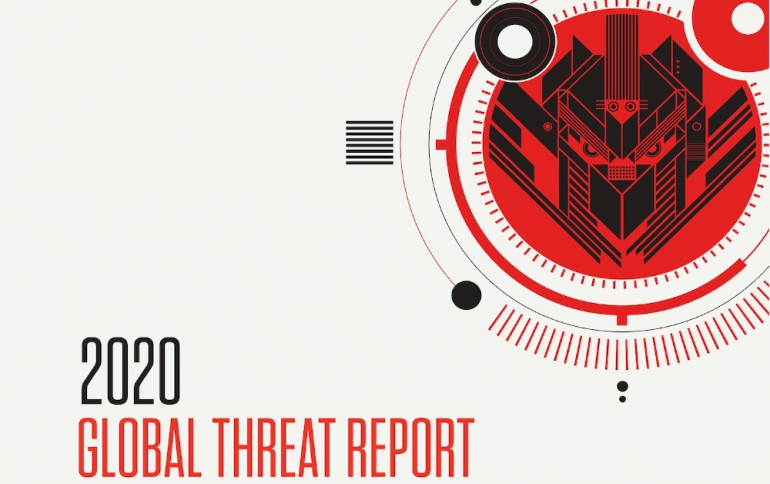
Cybersecurity Report Reveals Big Game Hunting, Telecommunication Targeting Take Center Stage for Cyber Adversaries
During 2019, financially motivated cybercrime activity occurred on a nearly continuous basis. An increase in incidents of ransomware, the maturation of the tactics used, and increased ransom demands from eCrime actors have been observed.
According to cloud-delivered endpoint protection provider CrowdStrike, the bad actors have begun conducting data exfiltration, enabling the weaponization of sensitive data through threats of leaking embarrassing or proprietary information.
In their latest CrowdStrike 2020 Global Threat Report, the secutity firm found that nation-state adversaries continued unabated throughout 2019, targeting a wide range of industries. Another key trend in the report is the telecommunications industry being targeted with increased frequency by threat actors, such as China and DPRK. CrowdStrike Intelligence assesses that various nations, particularly China, have interest in targeting this sector to steal intellectual property and competitive intelligence.
CrowdStrike recommends organizations to pursue the “1-10-60 rule” in order to effectively thwart cyberthreats. 1-10-60 guidelines are the following: detect intrusions in under one minute; investigate in 10 minutes; contain and eliminate the adversary in 60 minutes. CrowdStrike believes that organizations that meet this benchmark are much more likely to eradicate the adversary before an attack spreads from its initial entry point, ultimately minimizing organizational impact.
“2019 brought an onslaught of new techniques from nation-state actors and an increasingly complex eCrime underground filled with brazen tactics and massive increases in targeted ransomware demands. As such, modern security teams must employ technologies to detect, investigate and remediate incidents faster with swift preemptive countermeasures, such as threat intelligence, and follow the 1-10-60 rule,” said Adam Meyers, vice president of Intelligence at CrowdStrike.
Other notable highlights from the 2020 Global Threat Report include:
- The trend toward malware-free tactics accelerated, with malware-free attacks surpassing the volume of malware attacks. In 2019, 51% of attacks used malware-free techniques compared to 40% using malware-free techniques in 2018, underscoring the need to advance beyond traditional antivirus (AV) solutions.
- China continues to focus many operations on supply chain compromises, demonstrating the nation-state’s continued use of this tactic to identify and infect multiple victims.
- Other targeting of key U.S. industries deemed vital to China’s strategic interests — including clean energy, healthcare, biotechnology, and pharmaceuticals — is also likely to continue.
- The industries at the top of the target list for enterprise ransomware (Big Game Hunting) observed were local governments and municipalities, academic institutions, the technology sector, healthcare, manufacturing, financial services and media companies.
- In addition to supporting currency generation, DPRK’s targeting of cryptocurrency exchanges could support espionage-oriented efforts designed to collect information on users or cryptocurrency operations and systems. In addition, CrowdStrike Intelligence suspects that DPRK has also been developing its own cryptocurrency to further circumvent sanctions.





















